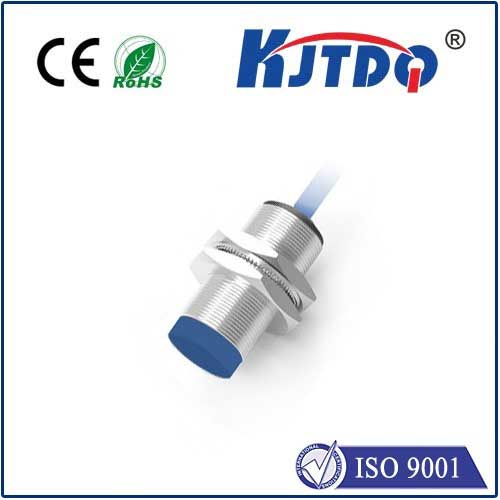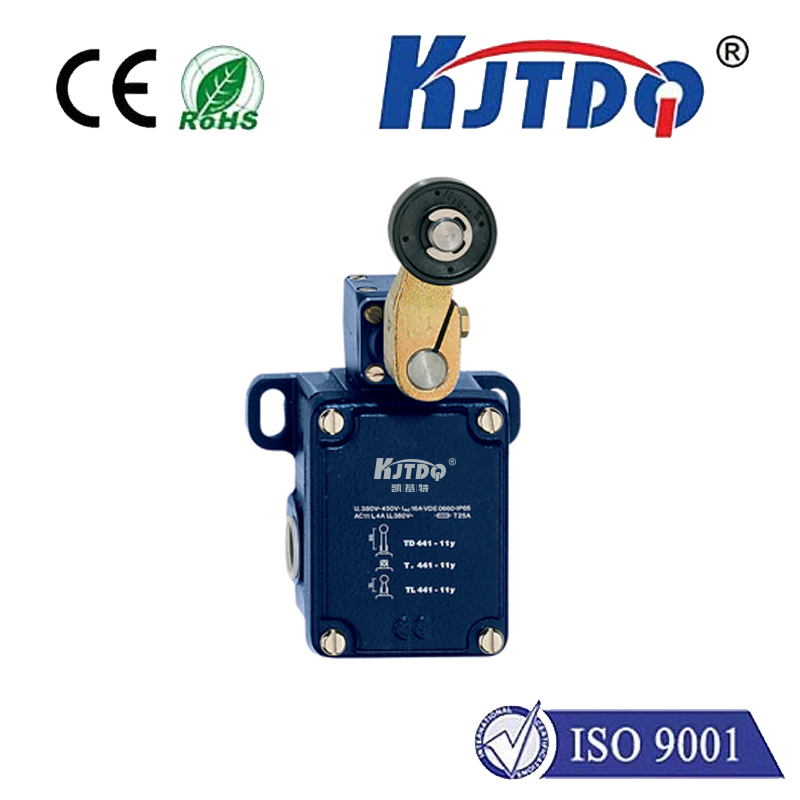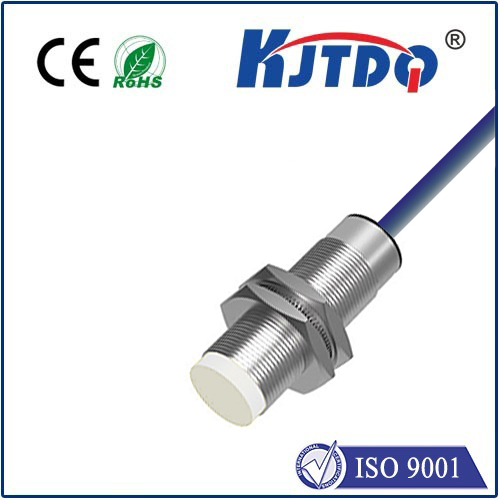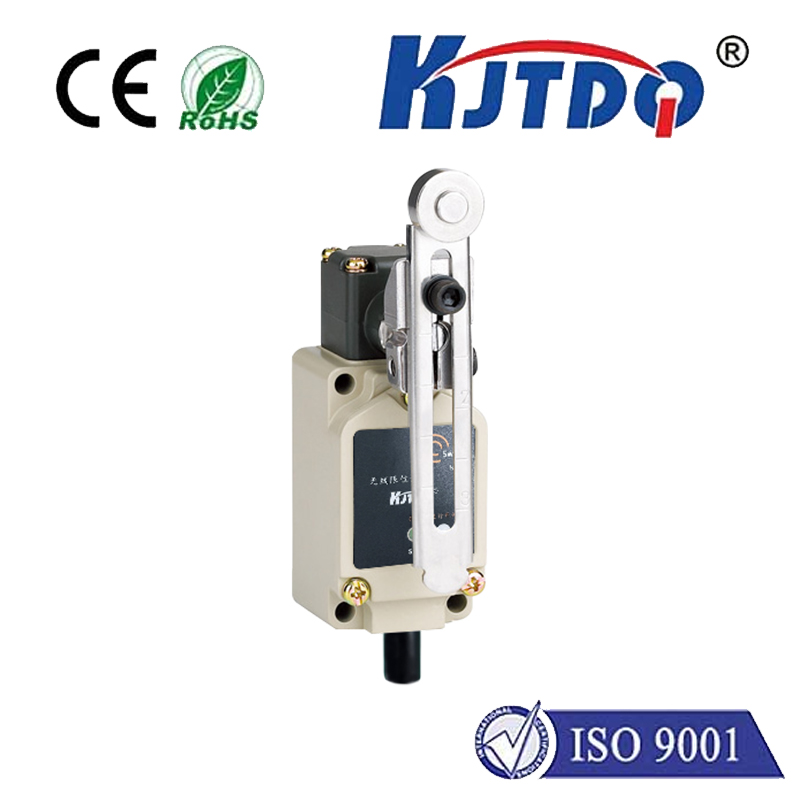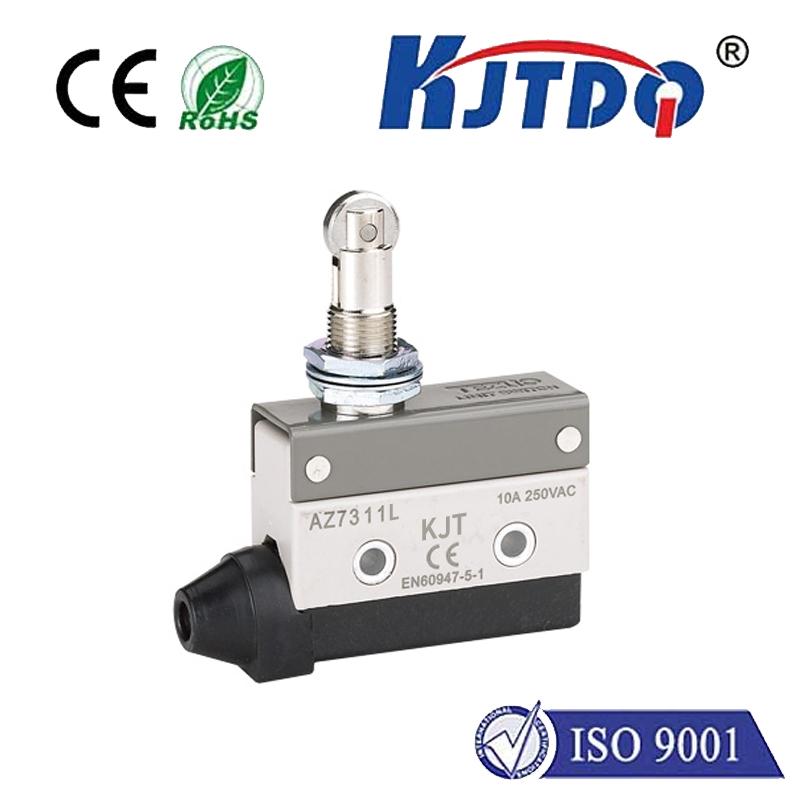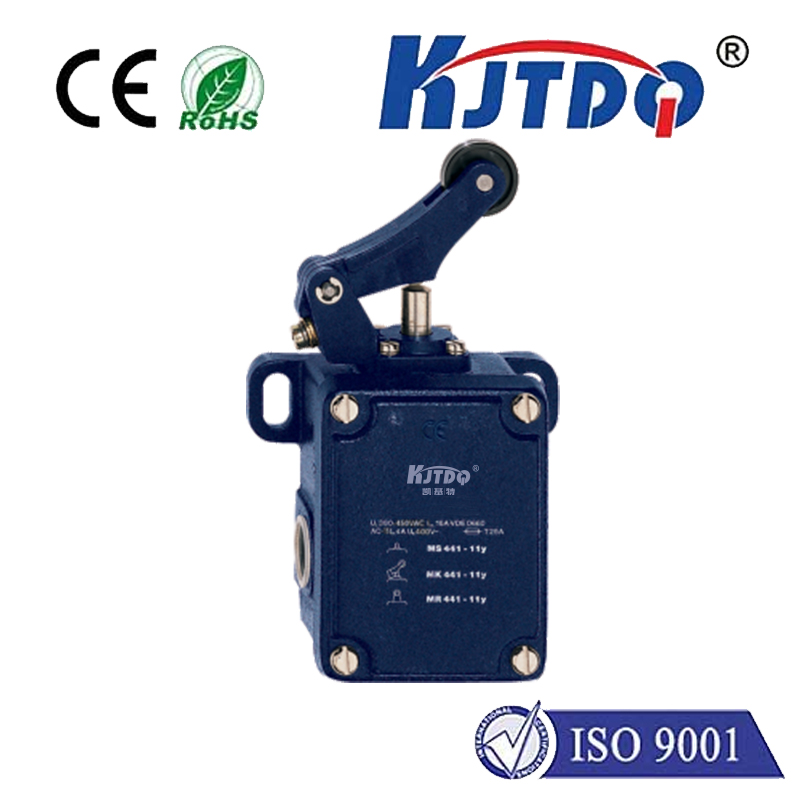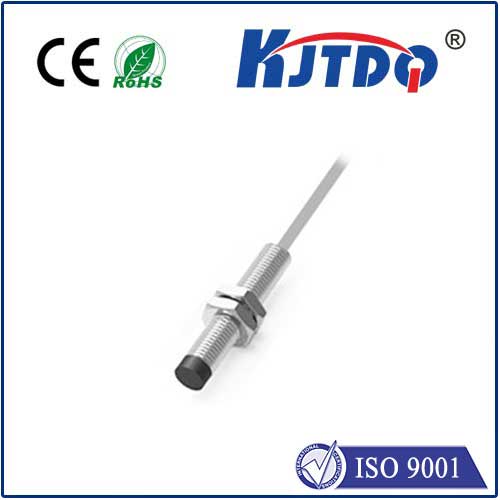

check

check

check

check

check

check

check

check

check

check
Title: Exploring the Versatility and Benefits of Photoelectric Water Level Sensors
Introduction
In the world of automation and industrial control, the accurate detection and measurement of liquid levels is a critical aspect that can significantly impact operational efficiency. One solution to this requirement is the use of photoelectric water level sensors. These devices have become increasingly popular in various industries due to their reliability, precision, and easy integration into existing systems. In this article, we delve deeper into the working principle, application areas, and benefits of photoelectric water level sensors.
Working Principle

Photoelectric water level sensors operate on the principle of light refraction. They consist of an LED light source and a photoelectric receiver. As the LED emits light, it travels through the air or another medium until it hits the surface of the water. Depending on the water level, the light gets reflected or refracted differently. The photoelectric receiver detects these changes in light intensity and converts them into corresponding electrical signals that indicate the water level. This non-contact method of measurement ensures there is no physical wear and tear on the sensor, leading to a longer lifespan and reduced maintenance needs.
Application Areas
The versatility of photoelectric water level sensors makes them suitable for a wide range of applications. In the water treatment industry, they monitor water storage tanks to ensure optimal levels are maintained for effective supply and distribution. Manufacturing facilities rely on these sensors for precise fluid control in processes such as chemical mixing, where maintaining specific levels is crucial for product quality. In agriculture, they are used for monitoring water levels in reservoirs and irrigation systems, aiding in water conservation efforts. Additionally, they find uses in domestic appliances like washing machines and dishwashers where accurate water level measurement is essential for proper functioning.
Benefits
Using photoelectric water level sensors offers several advantages over traditional methods of liquid level detection. Firstly, their high accuracy and response time provide instant feedback, allowing for real-time adjustments in processes. Their ability to work without any physical contact with the liquid prevents contamination risks, especially important in applications involving hazardous chemicals or sterile environments. Furthermore, their durability reduces replacement costs, making them a cost-effective solution in the long run. Finally, their compatibility with various electronic systems simplifies their integration into automated setups, enhancing overall operational efficiency.
Conclusion
In conclusion, photoelectric water level sensors represent a cutting-edge technology that offers unparalleled accuracy, reliability, and ease of use in liquid level detection across numerous industries. By leveraging the science of light refraction and reflection, these sensors provide an efficient means of monitoring and controlling water levels, contributing significantly to process optimization and resource management. As advancements continue in the field of automation, the role of photoelectric water level sensors is expected to grow, further solidifying their status as an indispensable tool for modern industrial operations.
